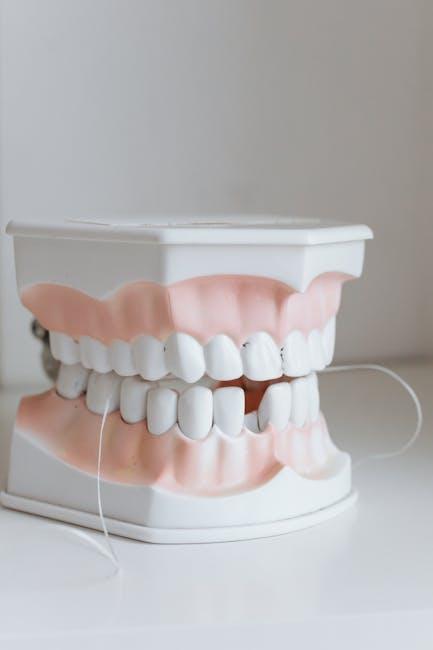Fluoride Ban Ignores Science — And Kids Will Pay the Price
Opinion – Sun Sentinel
Introduction
The ongoing debate around fluoride use has reached a critical moment — with some communities pushing for bans on fluoride in public water supplies and dental products. While the move may seem to stem from caution or concerns over health risks, the reality is that banning fluoride completely ignores decades of scientific evidence demonstrating its profound benefits, especially for children’s dental health. This decision, driven by misinformation and fear rather than facts, risks undoing one of public health’s most successful preventive measures. In this article, we explore the science behind fluoride, why the ban is misguided, and how children will ultimately bear the consequences.
The Science Behind Fluoride and Its Benefits
Fluoride is a naturally occurring mineral essential to dental health. Extensive research spanning more than 70 years confirms its effectiveness in preventing tooth decay and cavities, particularly in children. Here’s what the science says:
- Reduces Cavities Dramatically: Water fluoridation reduces tooth decay by about 25% in children and adults alike, according to the Centers for Disease Control and Prevention (CDC).
- Strengthens Tooth Enamel: Fluoride helps rebuild weakened tooth enamel and reverses early signs of tooth decay.
- Cost-Effective Public Health Measure: Every $1 invested in water fluoridation saves approximately $38 in dental treatment costs.
- Safe at Recommended Levels: Regulatory bodies including the World Health Organization (WHO) and the American Dental Association (ADA) endorse fluoride use as safe and beneficial when maintained within recommended concentrations.
Why Banning Fluoride Ignores the Science
The push to ban fluoride often stems from misinformation campaigns that exaggerate risks or rely on unproven claims. Here’s why these concerns don’t hold up under scrutiny:
Myth vs. Fact: Common Misconceptions
| Myth | Scientific Fact |
|---|---|
| Fluoride causes serious health problems like cancer or brain damage. | Multiple rigorous studies show no credible link between fluoride at recommended levels and cancer or neurotoxicity. |
| Children get too much fluoride, causing fluorosis everywhere. | Mild dental fluorosis, characterized by faint white spots, is usually cosmetic and rare at optimal fluoride levels. |
| Fluoride is unnatural and should be removed from water. | Fluoride occurs naturally in water worldwide. Fluoridation just adjusts levels to benefit dental health optimally. |
The Real-World Impact: How Children Will Pay the Price
Given the overwhelming benefits of fluoride, what happens when it’s banned? Historical and global evidence can help illustrate the consequences:
- Spike in Tooth Decay: Communities that stopped fluoridation reported rising cavity rates, especially among children in lower-income families who rely heavily on public water.
- Increased Dental Costs and Burden: Without fluoride’s protective effects, more kids require fillings, crowns, and sometimes even tooth extractions, placing strain on families and public health systems.
- Widening Oral Health Inequality: Fluoride helps level the playing field, providing preventive care to those who cannot afford expensive dental treatments.
Case Study: What Happened When Portland Banned Fluoride
In 2013, Portland, Oregon, ended water fluoridation after a voter-approved measure. Within a few years, pediatric dentists noticed a sharp rise in cavities among children. Local health officials confirmed that tooth decay rates increased by 17% in some neighborhoods, reversing decades of progress.
Practical Tips to Protect Your Child’s Teeth Despite The Ban
If you live in a community where fluoride has been banned, it’s important to take proactive measures to protect your child’s dental health:
- Use Fluoride Toothpaste: Most toothpaste brands contain fluoride that strengthens teeth—ensure your child uses a pea-sized amount under supervision.
- Consider Fluoride Treatments: Ask your dentist about professional fluoride varnishes or gels during dental visits.
- Encourage Good Oral Hygiene: Brushing twice a day and flossing regularly are crucial for preventing cavities.
- Limit Sugary Snacks and Drinks: Sugar feeds cavity-causing bacteria, so moderating consumption reduces risk.
- Drink Bottled or Filtered Water: Some bottled water brands contain fluoride; check labels for fluoride content.
Conclusion
The fluoride ban may appear to be a well-intentioned effort motivated by safety concerns, but it fundamentally disregards overwhelming scientific evidence supporting fluoride’s safety and effectiveness in reducing dental decay. By ignoring the facts, policymakers risk a future where children suffer unnecessary tooth decay, pain, and costly dental procedures. It is essential to advocate for science-based decisions that prioritize public health—especially children’s health. Fluoride is one of the most cost-effective, safe, and beneficial preventive health measures we have. Banning it is not the answer, and parents, dentists, and communities must work together to ensure every child receives the protection fluoride provides.


